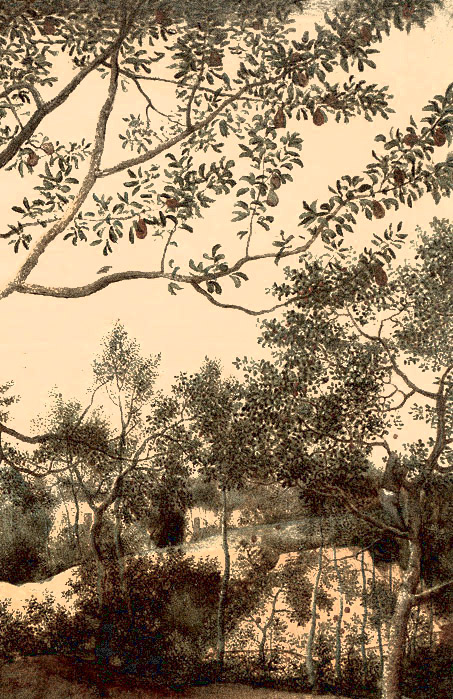PROJECT NAME:
WHY did you make this project? What is its core function and concept?
I wanted to create something that has more than one purpose, but also lasting for a long time. The core function of this object is to be used to be part of my painting process.
What event(s) of environmental change will it help YOU adapt to or navigate?
The materials that was used that require less water and less pesticide. I think it will cause less harmful waste in the future.
In what ways will this object be useful and meaningful to YOU over 50 years?
The core function of this object is to be used to be part of my painting process. When you are drawing, we will have some splatters splash onto the shirt and the outer layer of cloth creates new patterns from the splashes.
How does it offer aesthetics and function over time?
All the different patterns and splashes create memories and history of my painting journey.
——————————————————————————————
1)What materials did you chose to use and why?
- Bamboo( which I would most likely ordered from material lab) has a very silky texture, also liquid resilient and very durable. The source will be produce in Eastern Asia.
- Organic Cotton obtained from cotton that is grown from non-GMO seed can decrease waste and also can be grow from many places
- Stainless steel– hard to break and last longer.
2) Read the following article: Damaging Your iPhone, Accidentally, on Purpose (Links to an external site.).
– How you ever felt this way about an object you’ve owned?
I sometimes treat my iPhone more carelessness when there is an upgrade, because the new device will take care of it. But in the end, the only way to save your money is to take care of your things. People experience guilt if they feel the urge to buy a new version of a product when the one that they own is working perfectly well and that’s why losing or breaking is presumably a way to buy a new one without experiencing too much guilt.
– How does your final project challenge having this mentality towards objects?
The final project challenge gives us to rethink of how things are made and how should cherish our possessions. Making things require so many systems and waste.
3) In preparation for next week, read about what New York City (Links to an external site.) and Central Park were like during the Pleistocene (Links to an external site.) (the last Ice Age). Write a brief summary.
Somewhere around 18,000 years ago, a glacier began to die. This process can be called: deglaciation. New York City marks the southernmost boundary of an ice sheet. When the glacier is melting, the Hudson River sluiced through the plain and emptied into the Atlantic. This glaciers literally created Long Island, and New York City region. The end of the last ice age was a time of extreme and rapid climatic change. Long Island experience a lot of glacial till in the west. As the sea continues to encroach and erode the bluffs, more glacial debris is washed out. If the last deglaciation happened rapidly, from Peru to Tibet to Greenland, scientists are concerned that this could accelerate the ongoing rise in sea levels, and potentially add enough fresh water to the Atlantic to block the warm Gulf Stream. They are trying their best to cool everything down.
4) Listen to this 23 minute podcast. “We are the Meteor” (Links to an external site.):
– What surprised you about this audio piece?
It’s really the atomic bomb tests of the early 1950s, and they spread the world with plutonium, cesium, americium, and so on. That level that we can follow in, in ice and we can follow it in lakebeds and we can follow it on the bottom of the sea more or less coincides with these very big earth system changes of the big changes to the carbon cycle, to the nitrogen cycle.
– Given what was discussed in the audio piece (and after taking this class), reading about what New York was like during the Pleistocene (last Ice Age), what do you think New York City’s climate will be like 1000 years from now?
Maybe in the future, it’s not the coldness that kills as, but it’s the heat.
– What are the five reasons, shared by the Dutch scientist (audio timecode 17:00) explaining what humans are “wired to destroy our environment?” Do you agree? Does your final project counter any of these reasons?
Humans value their personal interests over other interests.
We value the present over the future.
We are obsessed by status.
We copy unconsciously the behaviors of others around us.
We disregard novel environmental threats.
I totally agree with these points. To me, they are the driven factor of consumerism nowadays, and consumerism increase the chances of global warming.
In my final project, never encounter any of these problems. My point is trying to stay away from consumerisms and tried to create something from what we already have instead of making more things.
